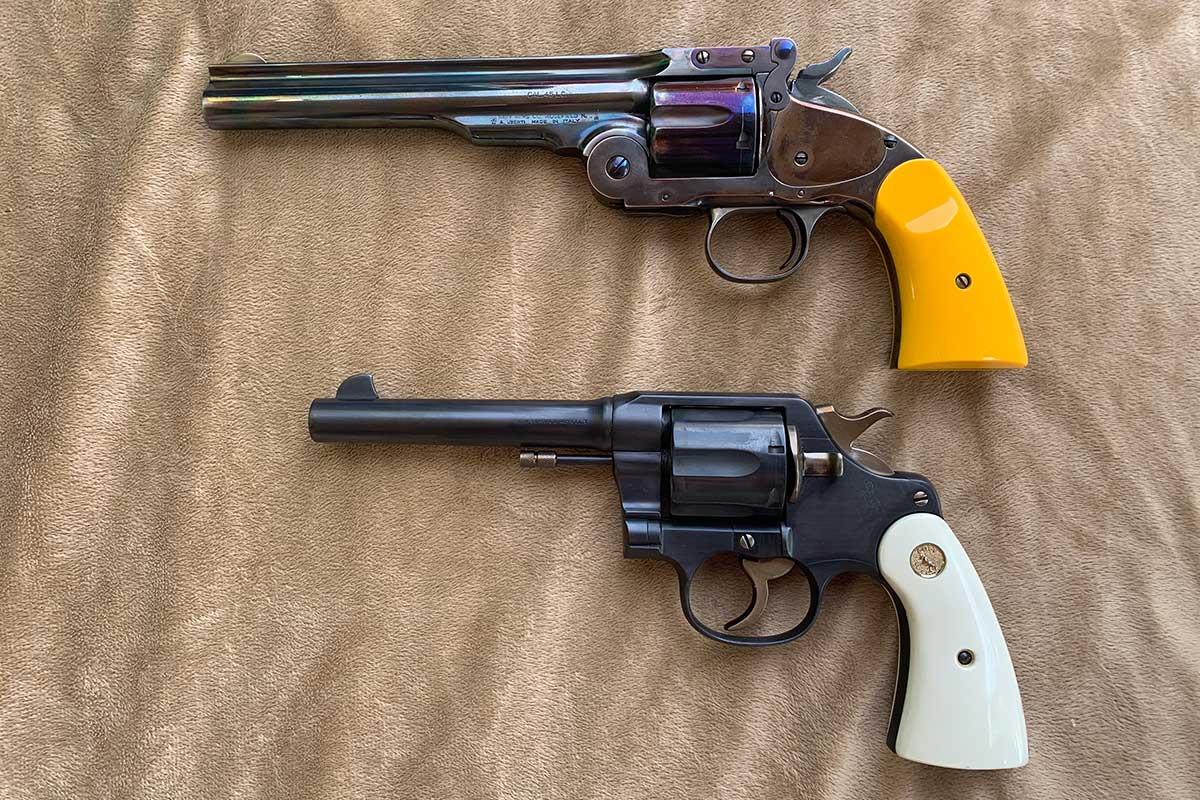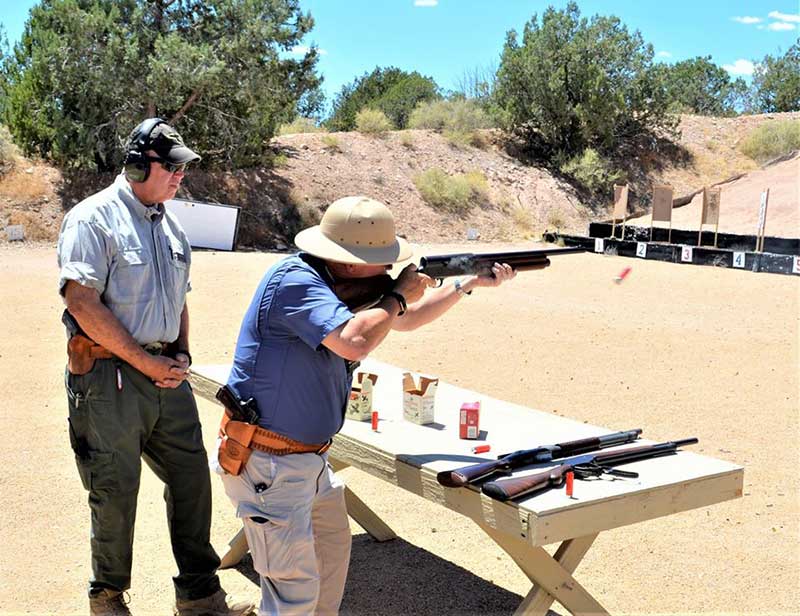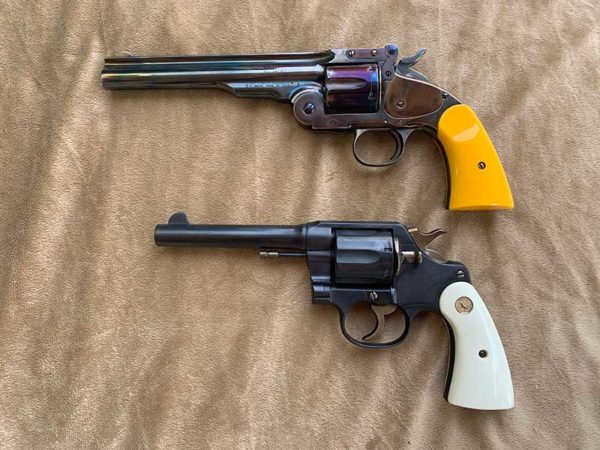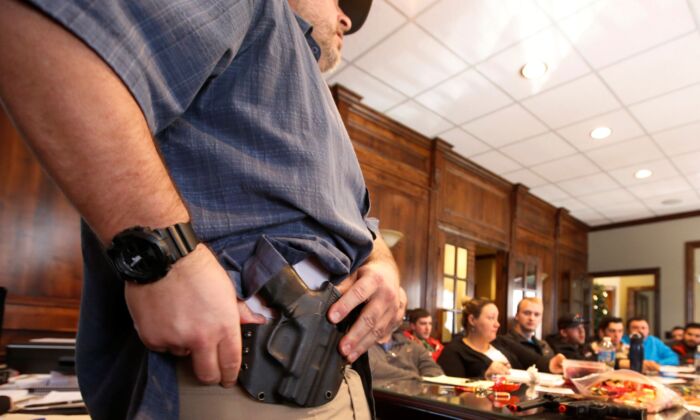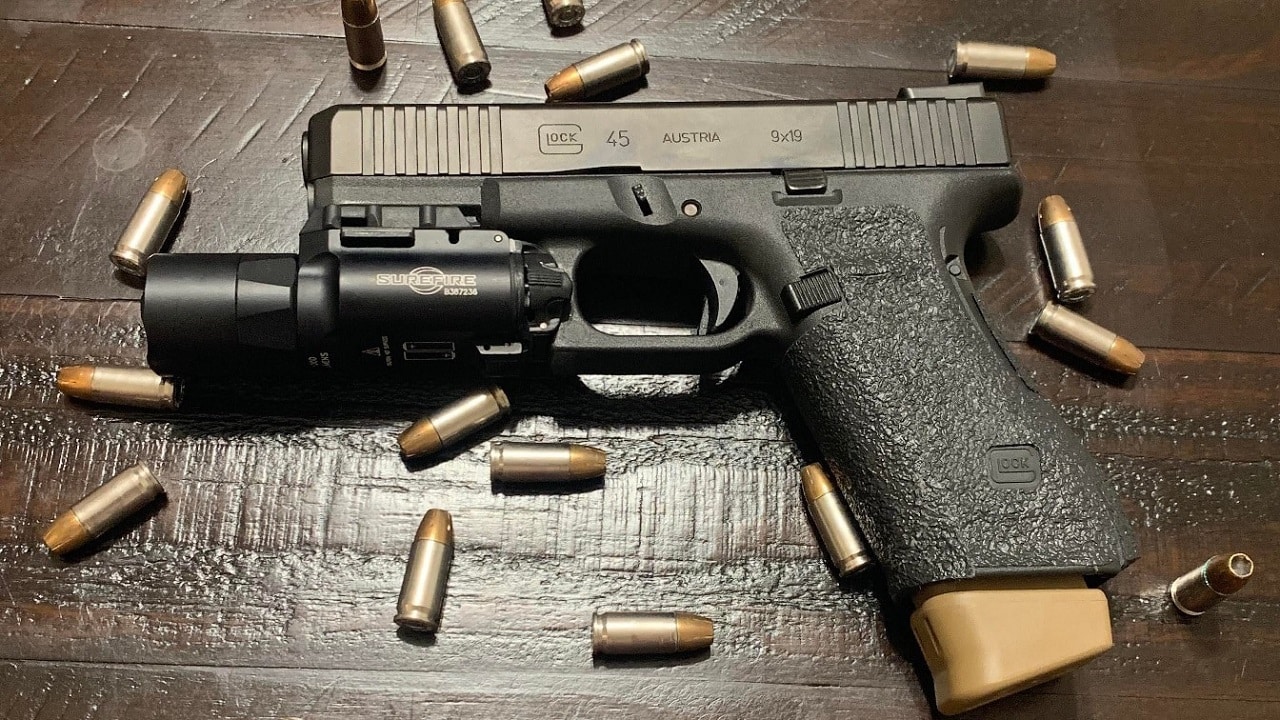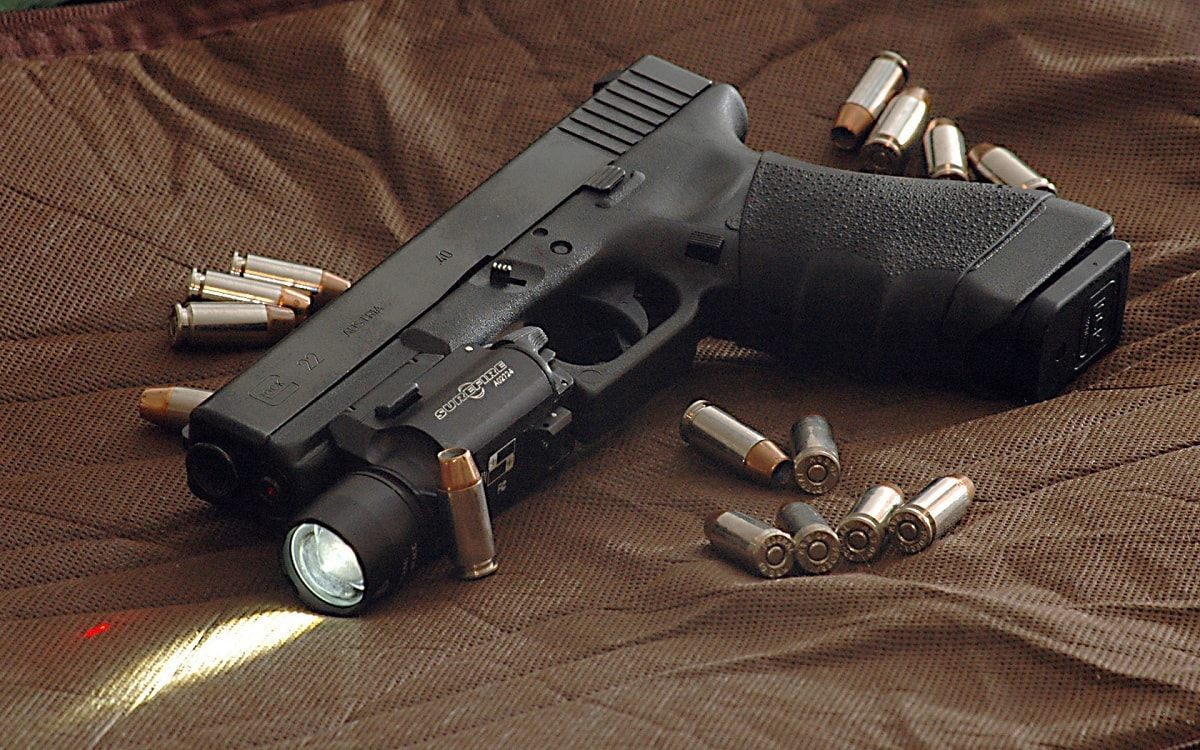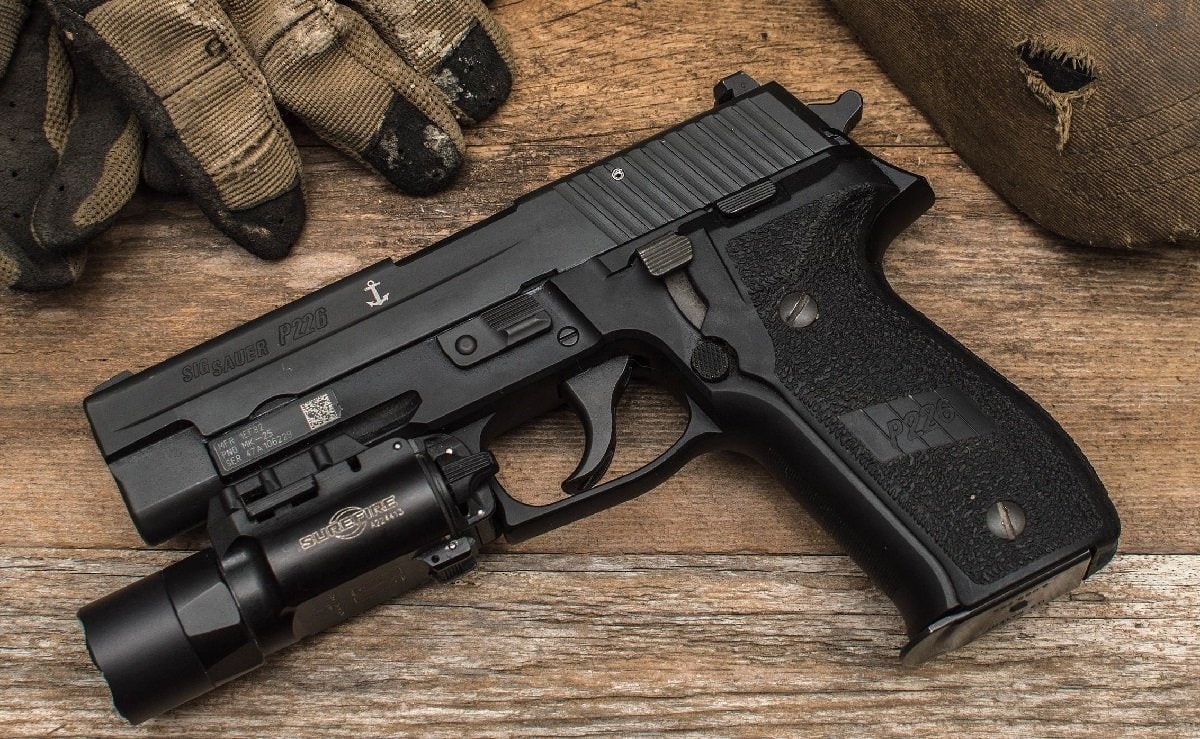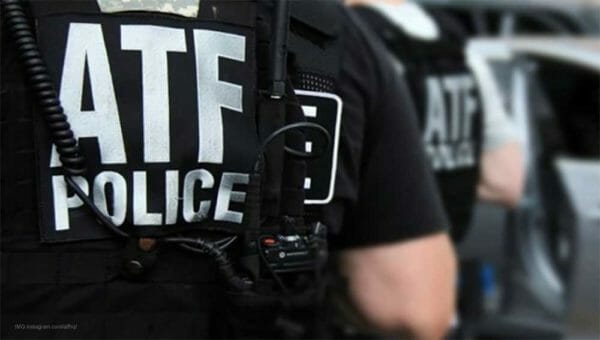It’s all up with the “black cabinet” of Washington,” read the Washington Evening Star. Congressional hearings were then underway into the practice by which the U.S. Secret Service loaned investigators to other federal agencies, primarily the Justice Department. As a result of these hearings, Rep. Walter Smith (R-IA) declared that “Nothing is more opposed to our race than a belief that a general system of espionage is being conducted by the general government,” and Rep. John Fitzgerald (D-NY) warned against the dangers of a federal secret police.1
As a result of these hearings Congress forbade the Secret Service from loaning investigators to other departments. Having lost access to those investigators, Attorney General Bonaparte created a small force of detectives for the Department of Justice (DOJ); this was the predecessor of the Federal Bureau of Investigation. Because Congress had condemned “secret services,” “black cabinets,” spies, and detectives at this time, many Bureau critics have charged that the FBI was created in opposition to Congress’s will and so was born illegitimately.2 This was not so.
Prior to 1908, the Justice Department had no organized force of investigators to gather evidence. It relied on detectives hired from the Secret Service and, for a while private detectives. Under President Theodore Roosevelt, this began to change. The vigorous application of older laws and the increase in new ones that occurred during his administration began to tax the Justice Department’s ability to detect crime. In 1906, 60 Secret Service operatives were needed; the next year, 65. These investigators came from a reserve force of about 20 that the Secret Service kept to help other departments as well as a list maintained by Chief John Wilkie of some 300 other investigators who had applied for Secret Service positions, were already vetted by the Treasury Department, but for whom no position was available.3
This system had worked for many years, but in 1906, Congress began to question it. That January, Appropriations Committee chairman James Tawney (R-MN) asked Assistant Attorney General Glover where the Department of Justice got its “secret service,” i.e. detectives. “Generally from the Treasury Department,” Glover replied.4 Why, Tawney pressed, didn’t the Department rely on its own investigators? Glover answered, there weren’t enough in the Department for the work that needed to be done, but “some persons … have considered the question … as to whether the Department ought to have its own secret service force.” “That is a different proposition altogether,” Tawney snapped. Glover quickly added that the Department had rejected the idea as too costly.5
Tawney complained that the Secret Service loan program gave “what Congress would never authorize …a secret-service bureau in every Department,” thereby creating “a system of espionage in this country which is entirely inconsistent with the theory of our government.” Glover insisted that the Department needed detectives to investigate “violations of the law” and Tawney backtracked. The Justice Department, he averred, “ought to be clothed with all the machinery necessary to conduct prosecutions,” adding, if other Departments need “to use secret-service men they should obtain authority from Congress …[so that] the advisability of maintaining the service throughout our Government would be determined by Congress.” Tawney’s concern could not have been of pressing importance. He did not seriously revisit the issue for two years, though he kept tabs on the use of Secret Service operatives during this time.
Charles Bonaparte, who was appointed attorney general in March 1907, quickly became convinced that the practice of using Secret Service investigators was a problem. His lack of complete control over the investigators, he later argued, meant that he “had no direct information as to what they did, and …but an imperfect control over the expenses which they might incur.”
In his Annual Report, Bonaparte called Congress’s attention “to the anomaly that the Department of Justice has no …permanent detective force under its immediate control.”6 He asked that “provision be made for a force of this character; its number and the form of its organization to be determined by the scope of the duties which the Congress may see fit to intrust [sic] to it.” In January 1908 he followed up his request in person. Bonaparte reminded the House Appropriation subcommittee of his earlier request and complained that the Justice Department had “to rely on the secret service of the Treasury Department,” which had just “gone up on us in price.”
Chairman Tawney questioned Bonaparte on how these investigators were paid. “The reason I asked,” he lectured, “is that there is a specific appropriation for [the Secret Service] and…a proviso that the appropriation should be extended for no other service.” The Executive, Tawney thought, should not be loosely interpret the strictures of the law. Roosevelt’s position, though not stated at these hearings, was that what was not forbidden by the law was allowed, hence as president, he had wide discretion in marshaling the executive power. Tawney opposed this and sought to uphold Congress’s authority. It was this concern that fueled his anger at the Secret Service and Roosevelt.7 It is ironic that Bonaparte’s request re-ignited Tawney’s concern; Bonaparte was clearly trying to do as the Chairman had asked, i.e. go to Congress for authority to create a detective force.
During February and March following Bonaparte’s second request, Tawney’s committee held a series of hearings about the Secret Service practice. The most significant testimony came on March 24, 1908 from William H. Moran, assistant chief of Secret Service.
Under questioning, Moran discussed a controversial investigation conducted by Secret Service investigators who surveiled a Navy midshipman who had run away with a married woman.8 The more important issue raised in Moran’s testimony, though, concerned the legitimacy of the investigator loan program and Tawney continued his sharp criticism of it.9 Incensed about the matter Tawney’s Subcommittee drafted an amendment to kill the loan practice. Toward the end of April, the Fiscal Year 1909 Sundry Civil Appropriation bill came before the House for debate and Tawney’s amendment, among others, was added to it. The opposition was sparse.
Roosevelt now entered the debate. Of especial concern to him were provisions concerning the Interstate Commerce Commission, a limit on wages that could be paid in Panama, and the end of the Secret Service loan practice. Each of these measures struck at presidential management style and understanding of the powers of his office. Each sought to limit Roosevelt’s ability to act without congressional input. They were widely welcomed in the House as it, which although under control of Roosevelt’s party, chaffed at its apparent loss of power to a popular and aggressive president.
Lobbying against the bill, Roosevelt wrote to Speaker Joseph Cannon, asking that the problematic sections be killed. Regarding the Secret Service provision he argued that it would “materially interfere with the administration of justice and will benefit only one class of people—and that is the criminal class.”10 In a handwritten post-script, he added, “there is no more foolish outcry than this against “spies”; only criminals need fear our detectives.”11
His low-key lobbying had little effect. On May 1, 1908, the House resolved itself into a Committee of the Whole to consider amendments to bill. Debate over the Secret Service limitation amendment covered several issues, including: 1) the illegality of the Secret Service practice; 2); concern over investigative functions in the government; and 3) the question of whether congressmen should be investigated by the executive branch.12
Representative Parsons (NY) asked Chairman Tawney, “Does the gentleman think it desirable to have a general detective service for the Government.” “No; I do not,” replied Tawney, nor did he want each agency to have its own detective force. Justice could get detectives in the same way it had done so prior to its reliance on Secret Service personnel, he argued. “There is nothing in this provision to prevent” the Justice Department from “…simply selecting a man from [the Treasury Department’s long waiting list of acceptable applicants] and employing” him as needed to investigate crimes.
Representative J. S. Sherley (KY) pointed out that every time Congress had taken legislative action against the Secret Service it was to reign in its power. Representative Bennet, the primary opponent of the limitation, challenged this claim and he and Sherley got into an argument about the propriety of the Navy Department’s use of investigators in the case of the adulterous midshipman. Debate shifted to whether congressmen were fitting targets for investigation by “secret-service men.” Bennet avoided the question by providing a philosophical disquisition on the role of Congress in the government and the need for congressmen to police themselves.
“All this committee is asking,” Rep. Smith proclaimed, “is that the expressed and declared purpose of Congress existing [in the Secret Service appropriation] for a quarter of a century shall be obeyed.” Smith’s point drew much applause, suggesting the House was on the side of restricting the executive. Representative Fitzgerald seconded Smith’s point, adding: “There has been an effort once or twice to create a general police system under the Federal Government,” but it has failed. When a federal attorney needs an investigator, Fitzgerald suggested, he could find one locally like any other attorney would do. Bennet quickly challenged him, reminding Fitzgerald that most attorneys would hire a private detective for such work, but the law barred federal agencies from doing this. Fitzgerald countered weakly that federal agencies could employ investigators found on the Secret Service’s eligible applicant list instead.
As the debate began to wind down, Representative Driscoll suggested that there should be one secret service in the government, housed where there was the most need for investigators, and capable of loaning detectives to other departments as needed. Tawney quickly attacked his suggestion, stating that this was what the amendment wanted to prevent. Bennet then challenged Tawney over the usefulness of the loan practice, but he was interrupted by cries of “Vote!” The debate was ended and the limitation on the Secret Service quickly approved. The Sundry Civil Appropriation Bill passed the House soon after.
Not surprisingly, Justice Department officials were deeply concerned about this turn of events. United States Attorney Henry Stimson wrote Bonaparte on May 6th, “Is there no way in which the Bill can be stopped in the Senate?”13 He enclosed a New York Times editorial. The Times blasted the “combination of ‘land sharks’” that had swayed the House, making the Representatives “become the tools of thieves.”14 Bonaparte promptly forwarded the gist of the letter and clipping to Senator Allison of the Senate Appropriation Committee.
Perhaps the Senate took heed of the Time’s criticism. The bill as passed in the Senate did not have the Secret Service provision. A conference committee was convened to reconcile the difference and, at the House’s insistence, the Secret Service amendment was re-added to the final measure.15 The Conference Report on the bill was passed overwhelmingly with little fanfare on May 17, 1908. The President quickly signed it; his complaints were insufficiently strong to risk significant appropriations for key programs. A veto would likely have been overridden anyway given the margins by which the measure passed.16 The Congress adjourned for the summer. The provision regarding the use of Secret Service operatives would take effect at the start of the new fiscal year, July 1, 1908.
Within days of this deadline, Attorney General Bonaparte began a small reorganization of Justice Department to address the impending loss of access to the Secret Service operatives. With little fanfare, he began to group together the sundry investigators of the department and nine Secret Service agents permanently hired as Justice special agents. On July 26, 1908, Bonaparte ordered DOJ attorneys to refer most investigative matters to the Chief Examiner, Stanley W. Finch, who would determine if there were special agents under his direction available to investigate the case.17
When Bonaparte announced the creation of a special agent force to Congress that fall in his Annual Report, he must have considered the action a fait accompli. In fact, if President Roosevelt had not inserted himself into the matter, it would have elicited little if any opposition. Instead, in his December 1908 annual message to Congress, the lame-duck Roosevelt ignited a fierce political battle. He declared: “The chief argument in favor of [the Secret Service] amendment was that Congressmen themselves did not wish to be investigated.” The House immediately demanded that Roosevelt present any evidence he had to back up his claim. A special committee was created to consider the evidence Roosevelt might supply. Five days later, the Senate adopted a similar resolution. Washington was in an uproar.
On January 4, 1909 he publicly took up Congress’s challenge and, in Congress’s eyes, retreated. Roosevelt argued that the House must be mistaken. He had not accused Congress as a whole, nor identified any specific members as motivated by fear of being investigated. Instead, the President continued, his criticism flowed from an analysis of the arguments on the House floor during debate over the bill. His claims, he replied, were drawn specifically from the remarks of Tawney, Sherley, Smith, Fitzgerald, and Cannon.
The House was not appeased. A resolution to rebuke the President was. Debate over it mirrored that concerning the Secret Service limitation. Representatives Fitzpatrick, Sherley, and Tawney all rose to denounce the president and to deny his claim that they had opposed the Secret Service loan practice out of fear of being spied upon. Rep. Bennet defended Roosevelt, arguing that there was evidence that fear of investigation had been a motive in Congress’s action.
An important silence ran through this debate. No one criticized Bonaparte’s force of special agents. In fact, the comments made were favorable and many of these came from the proponents of the Secret Service limitation. In answering Bennet’s charge that the Secret Service limitation hindered the discovery and prosecution of crimes, Fitzgerald replied that since July 1908, U.S. Attorney’s had been able to call upon Justice Department detectives. He added approvingly that this force operated under the proper appropriation.18 The limitation, Fitzgerald concluded, had not prevented the Attorney General from acquiring the “special force, which he believed preferable to the use of the secret-service men of the Treasury.”
Other critics of the President took similar positions. Tawney noted that Congress had not restricted the ability of any department “to employ detectives or secret service men;” it only forbade details or transfers of investigators from the Secret Service division. All other appropriations for detective services were left untouched. In fact, Tawney added, they were all increased including that for the Secret Service Division itself. Representative Smith added that there was “no limit whatever upon the power of any department in the selection of its numerous special agents and inspectors.” Congress’s action was simply to prevent “the old system of law defiance and law evasion,” he concluded.19
The House passed its rebuke of President Roosevelt with 212 yeas to 36 nays; five members abstained from voting, and 135 members did not vote. The portions of the president’s message and reply deemed offensive were tabled and the House immediately passed an additional resolution authorizing an ad hoc committee chaired by Representative Olmstead into all aspects of the Secret Service. Almost immediately, the scope of this investigation was drastically narrowed.
The Senate itself chose to ignore the president’s earlier slight. Roosevelt claimed victory.20 The administration even thought it likely that Bonaparte’s force would gain not only firm legislative sanction in the fiscal year 1909 appropriations, but that it could be given authority to recreate the old Secret Service loan practice under Justice Department control.
By that point, few cared to continue the political battle. Even so, some of the old opposition from Tawney’s committee refused to die, but Congress was moving in a different direction. On March 3, an ad hoc committee on the Secret Service suggested that the regular authorization of both agent forces should be made part of the regular appropriations bills of Treasury and Justice. Roosevelt left office the next day, as did Charles Bonaparte. Two days later, the new Attorney General, George Wickersham, issued a formal order creating the Bureau of Investigation. Within two years, Congress had tripled the size of this force and greatly broadened its investigative authority.
Several things clearly emerge in this story. The original limitation on the Secret Service was passed largely due to the efforts of James Tawney and the other members of his subcommittee, Sherley, Smith, and Fitzpatrick. Congress as whole passed it as a means to restrain Roosevelt’s expansion of executive power even though the President’s party controlled both houses. The debates barely touched on intelligence issues and delved into law enforcement ones to illustrate concerns with abuses of “secret services.” Dissatisfaction with how Roosevelt exercised the powers of his office and how he treated Congress clearly underlined the debate. Quotes like those made at the start of this paper were rhetorical bludgeons wielded in political battle with Roosevelt. The real reason for this battle was the balance of power between the executive and legislative branches, not hyperbolic fears of a police state. Critics have missed this key feature of the debate, opting instead for a sensationalistic denunciation of Bonaparte’s infant special agent force to criticize the mature Federal Bureau of Investigation.21
1“Loan of Detectives,” Washington Evening Star, 4/21/1908; “Espionage Exists,” Washington Evening Star, 4/22/1908.
2See Max Lowenthal’s book titled The Federal Bureau of Investigation, [New York: William Sloane Associates, 1950]; Fred Cook’s book The FBI Nobody Knows [New York: MacMillan, 1964]; Vern Countryman’s essay “The History of the FBI: Democracy’s Development of a Secret Police Force,” in Investigating the FBI, ed. by Pat Watters and Stephen Gillers, [Garden City, NY: Doubleday & Co., Inc., 1973]; and Athan Theoharis’s “A Brief History of the FBI and its Powers,” in Theoharis et al., The FBI: A Comprehensive Research Guide [Phoenix: Oryx Press, 1999].
3This claim is based on a reading of the debates in Congress and the appropriations testimony of Secret Service and DOJ personnel. Especially pertinent was 42 CR pp. 5557 and 5558.
4House. Hearings before the Subcommittee of the House Committee on Appropriations for Deficiency Appropriations for 1906 and Prior Years on Urgent Deficiency Bill, 1/13/1906, pp. 185-186. All quotes from these hearings in the paragraphs that follow come from this source.
5Ibid.
6Annual Report of the Attorney General for the Fiscal Year 1907, pp. 9-10.
7House. Hearings before the Subcommittee of the House Committee on Appropriations consisting of Messrs. Tawney, Vreeland, Keifer, Brundige, Jr., and Livingston for Deficiency Appropriations for 1908 and Prior Years on Urgent Deficiency Bill, Friday, 1/17/1908, pp. 202-203.
8Williams, “Without Understanding,” p.33.
9My reading of the law suggests that the Secret Service practice was not as clear a violation as Tawney claimed. The practice appears to have been extra-legal rather than illegal. A prima facie case may be made in support of the administration’s claim that it was an acceptable use of appropriations granted to it even though the practice was not officially sanctioned by the law. Maintaining a list of previous applicants in anticipation of future hiring was legitimate. Furthermore, this procedure had been in practice during both Democrat and Republican Administrations since the 1880s and had not been questioned prior to 1906 as far as can be determined.
10Elton Morrison, The Letters of Theodore Roosevelt, vol. 5, Letter, 4705 [Theodore Roosevelt] to Joseph Gurney Cannon, 4/29/1908.
11Morrison, vol. 5, Letter, 4706 [Theodore Roosevelt] to Joseph Gurney Cannon, 4/30/1908.
12All discussion and quotes from this debate may be found in the 42 CR pp. 5555-5561 unless otherwise noted.
13Letter, USA Henry Stimson to AG Bonaparte, 6 May 1908, DOJ files 44-3-11-sub 3, (2/24/06 to 6/25/08).
14Undated editorial [between 29 April and 6 May 1908], New York Times, DOJ files 44-3-11-sub 3, (2/24/06 to 6/25/08).
15The Conference Committee consisted of William B. Allison, Eugene Hale, and Henry M. Teller from the Senate and James A. Tawney, J. J. Fitzgerald, and Cong. Smith from the House [43 CR p.674].
16Gatewood, Theodore Roosevelt and the Art of Controversy, p.251.
17The FBI has traditionally accepted 7/26/1908 as its birth date. It is not known why the Bureau took this date, although the assignment of all Department investigations to the special agent force is good reason for signifying that day as the official one. The Appel history, cited above, does not mention it, although later FBI chronologies like “A Digested History of the FBI,” [1940], do. Two investigative matters were not assigned to Bonaparte’s new special agent force: 1) certain banking matters handled by a special group of examiners; and 2) naturalization matters.
18Ibid., p.652.
19Ibid., pp. 674, 675.
20Gatewood, pp. 275-276.
21The exception is David J. Williams, “Without Understanding: The FBI and Political Surveillance, 1908-1941,” [unpublished Dissertation, University of New Hampshire, 1981]. His exposition avoids many of the pitfalls of selectively reading these debates into which the polemicists have fallen.
